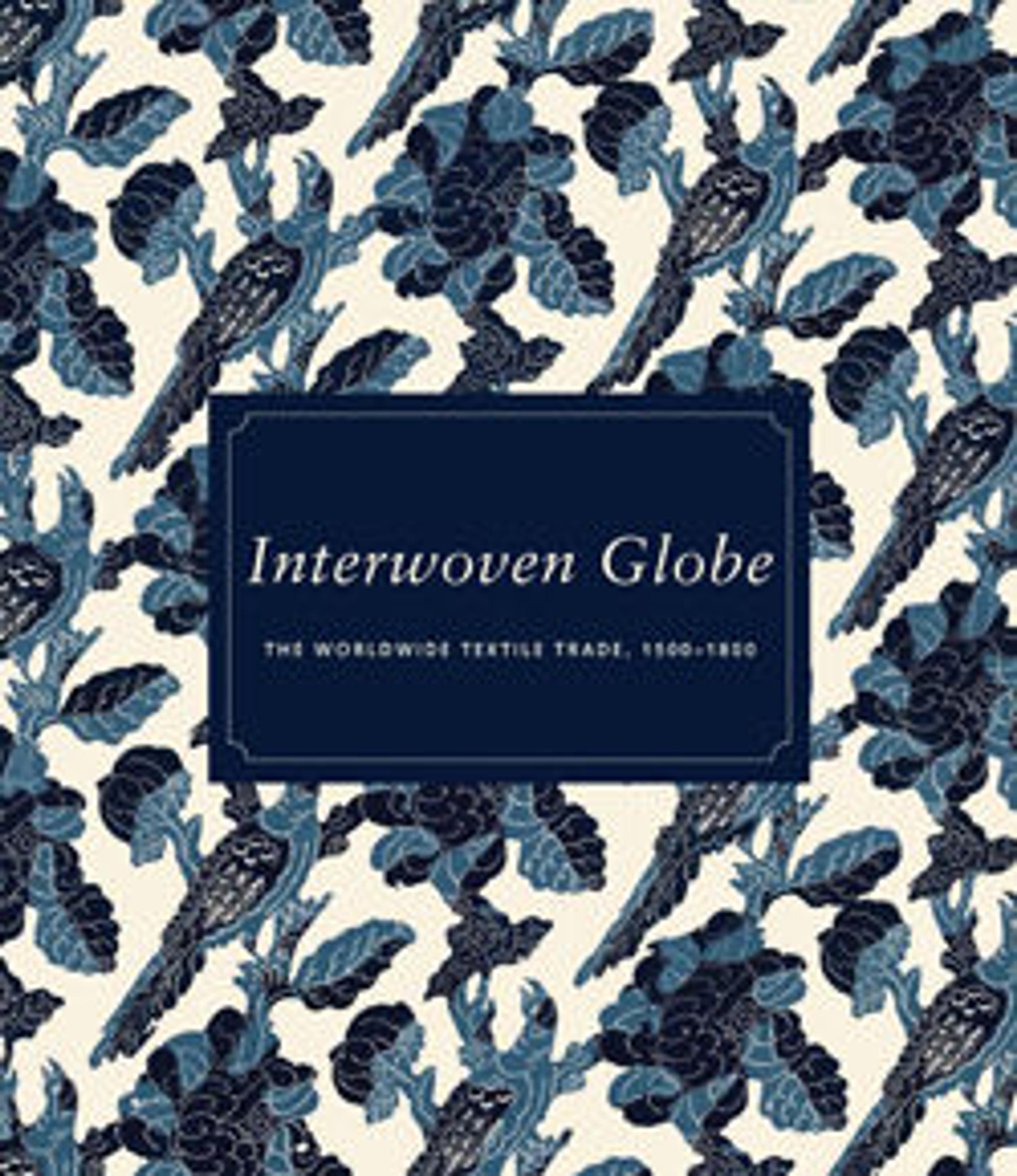Chasuble
This glorious painted resist and mordant dyed hand-woven cotton can be attributed to the talented specialist painters, called Kalamkari, active in south-eastern India. Called "Chintz", from the Hindi "chint" meaning "speckled", late seventeenth- and eighteenth-century Europeans adored these textiles, exporting them in great numbers. Here, lengths from one chintz, or perhaps two separate, differently patterned chintzes, have been carefully repurposed, patched together and used to create a Roman Catholic priest's chasuble– the tabard-like tunic worn whilst conducting church services.
Artwork Details
- Title: Chasuble
- Date: ca. 1725, patched and reassembled in current form ca. 1775
- Culture: Indian, Coromandel Coast and Central European, for European market
- Medium: Cotton, drawn and painted resist and mordant, dyed, silk trim
- Dimensions: L. 47 1/2 in back x Gr. W. 28 1/2 inches
120.7 x 72.4 cm - Classifications: Textiles-Painted, Textiles-Ecclesiastical
- Credit Line: Gift of Mrs. William Sloane Coffin, 1975
- Object Number: 1975.212.5
- Curatorial Department: European Sculpture and Decorative Arts
More Artwork
Research Resources
The Met provides unparalleled resources for research and welcomes an international community of students and scholars. The Met's Open Access API is where creators and researchers can connect to the The Met collection. Open Access data and public domain images are available for unrestricted commercial and noncommercial use without permission or fee.
To request images under copyright and other restrictions, please use this Image Request form.
Feedback
We continue to research and examine historical and cultural context for objects in The Met collection. If you have comments or questions about this object record, please contact us using the form below. The Museum looks forward to receiving your comments.
